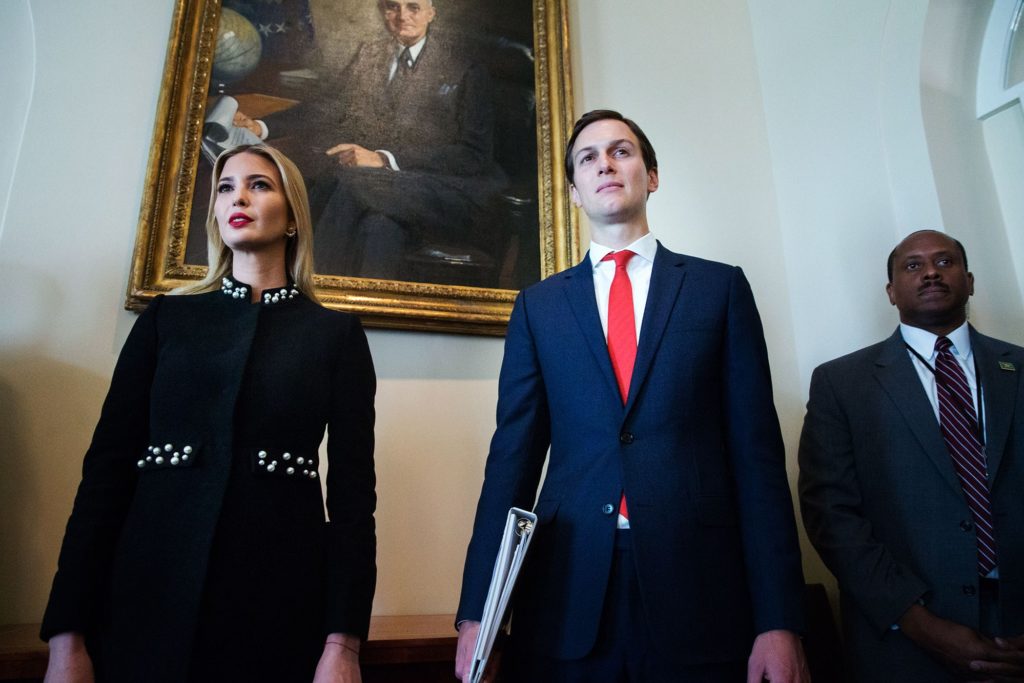COVID notes

(1) It’s obvious that, from a nationwide perspective, the USA’s attempt to suppress the COVID-19 epidemic has been a complete failure. Here’s the peak of the moving seven-day average of daily new cases in April, before diagnosed cases started to decline:
April 10: 32,434
Here’s the moving seven-day average as of yesterday:
July 5th: 49,486
So new case diagnoses are now up 52.6% from their initial peak.
(2) There is some good news in this data though: In April, the seven-day average in regard to daily deaths peaked eleven days after the diagnosed case peak:
April 21st: 2,255
If we go back eleven days to June 24th, we find that the moving seven-day average of new case diagnoses is almost exactly the same as it was during the April peak:
June 24th: 32,444
Yet the seven-day moving average of daily deaths has plunged by 77.3% since the April peak:
July 5th: 511
Why is this happening?
Possible explanations include:
The people now contracting the virus are on average far less likely to be killed by it than the people contracting it three months ago.
This in turn could be because they belong to less vulnerable groups — meaning primarily that they’re on average a lot younger than the people being diagnosed on April — and/or many more people who are asymptomatic or only mildly ill are being diagnosed now relative to three months ago, and/or treatments are improving.
Another possibility is that the stats are being juked, but I think that’s unlikely to be happening in any widespread or systematic way, given the decentralization of the American public health system. (One thing people need to resist is the temptation to quote statistical sources uncritically when they support an argument, and then treat those same sources as unreliable as soon as the stats start failing to do so).
In any case 500 deaths per day is still a very big number: That would be another 183,000 deaths over the next year if that average were to hold. But it seems clear that the death rate from COVID has declined drastically over the past three months. And of course it remains to be seen what daily deaths look like two weeks from now, after the lag time between the current 50K+ case diagnosis rate and the resolution of those cases has disappeared. (ETA: I should have mentioned originally that the fatality rate from COVID is just part of the picture, and that the long-term health effects of the virus remain almost completely unclear. Discussions of the death rate should always note this).
(3) It’s remarkable, although under the circumstances not surprising, that so many plans for what happens at the start of the fall remain more less completely up in the air. We’re only about 50 days from the scheduled start of the school year, and many districts are still pretty much still trying to sort out what they’re going to do. The situation in higher ed is also extremely fluid: lots of schools are even now altering previous best-laid plans to take into account a national caseload that’s spiraling ever-upward.
(4) On a related note, it’s also striking how plans for resuming America’s most popular sport remain totally fluid, in both its professional and semi-professional incarnations. (The NFL owners seem increasingly reluctant to play games without fans in the stands. College athletic departments seem more desperate to generate football revenue of some sort by hook or by crook). All this too is inevitable under the circumstances, but it’s still rather surreal, as are so many other aspects of this crisis.


